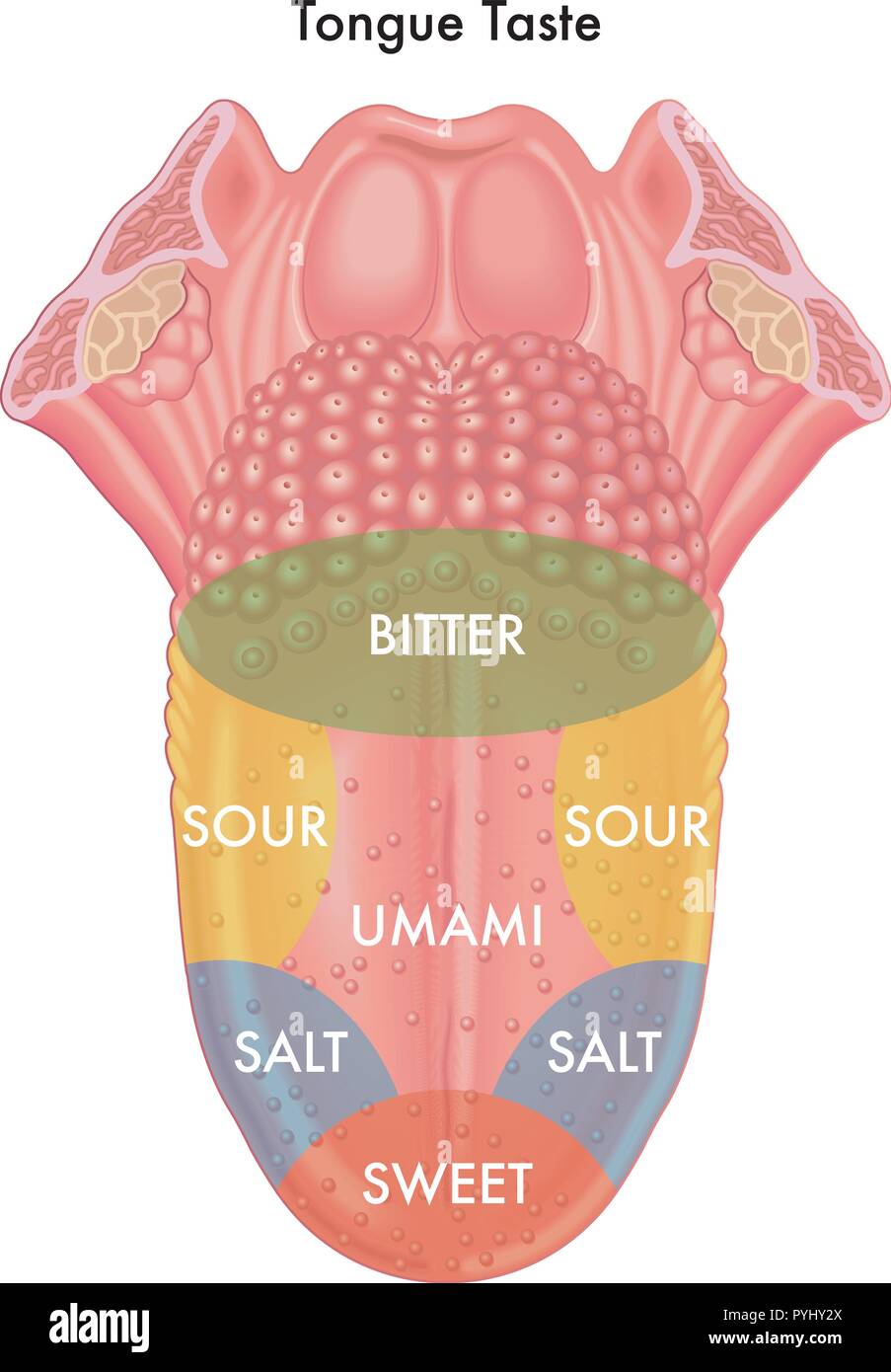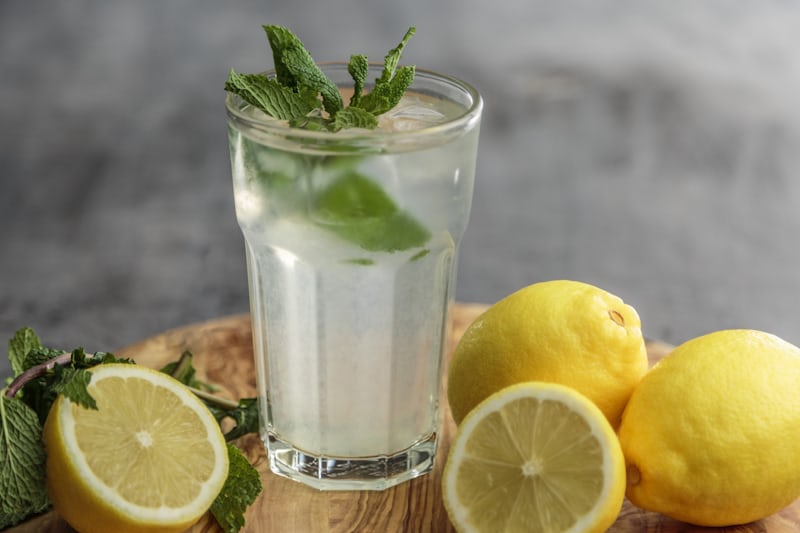
Acidity is one of the main components of structure, which is the "backbone" or "architecture" of a wine. Use S.T.A.A.F. as an acronym to help remember the components of structure:
- Sugar Presence
- Tannins
- Acidity
- Alcohol
- Fruitiness
Why is acidity in wine important?
Acidity gives wines a certain liveliness. Snappy, zippy, fresh, electric energy. It provides a thirst-quenching character that other components don't.
We mentioned backbone earlier. A wine without sufficient acidity doesn't have one. It's considered "flat" or "flabby" or quite simply, dull. There's no electricity dancing on your palate. No tartness making your mouth water.
Acid is a key component to the foundation of the wine, while other components, like aromas and flavors, can fill in the foundation that acidity and other structural components provide. This is crucial to the final balance, flavor, and mouthfeel of the wine.
Understanding acidity in wine
The most important acids in wine are tartaric, malic, and lactic acids.
- Tartaric Acid
- The most abundant acid naturally found in grapes
- Maintains chemical stability of the wine
- Influences taste of final wine
- responsible for tartrate crystals you may find in the bottom of a bottle
- Malic Acid
- Second most abundant acid found in grapes
- Also abundant in green apples (it tastes tart)
- Lactic Acid
- The "softest" of the 3 acids
- found in virtually all red wines and some white wines
- Also present in milk
Malic and Lactic acids play a pivotal role in Malolactic Fermentation...
What is Malolactic Fermentation? Aka MLF aka Malo.
MLF takes place in all red wines and some white wines.
Malolactic Bacteria initiates "Malo" after the alcoholic fermentation has finished, converting the tart malic acid into the creamy lactic acid. MLF reduces and softens the perceived acidity on the palate.
Winemakers may choose to prevent or encourage Malo with white wine production... a dicey convo in the low-intervention wine world.
Are you supposed to intervene and control the wine or let the wine make itself?
Extreme naturalists would say that any intervention at all is lame sauce. Extreme conventionalists would say to manipulate the wine as much as you need to in order to make the exact wine you want to.
- MLF prevention example: New Zealand Sauvignon Blanc (tart, crisp, refreshing)
- MLF encouragement example: California Chardonnay (round, rich, creamy, buttery... remember when we said Lactic acid is present in milk?)
How does climate affect wine acidity?
Cool Climate = low alcohol / high acid
Warm Climate = high alcohol / low acid
Climate is essential when it come to acidity. It may even be more important than the grape variety itself!
As the growing season progresses, grapes grow on the vine and eventually begin to ripen as the season moves on.
What happens when grapes ripen?
Well what happens when berries in your fridge are not ripe enough and a little bit too tart? Over time they get sweeter, and less tart. This is because they are ripening-- the acid levels are dropping and the sugar levels are rising.
The acid and sugar in grapes naturally have an inverse relationship.
In the beginning of the growing season, grapes are high in acid and low in sugar. As the weather gets warmer and (in most places) sunnier...
- the grapes ripen
- the acidity levels drop
- the sugar levels rise
Because of this, the winemaker's decision of when to harvest is of utmost importance! There needs to be...
- enough sugar to ferment the grape juice into alcohol/wine
- enough acid to remain present in the final wine to balance the wine and provide structure
Remember when we talked about acidity levels dropping as grapes ripen?
- The warmer the climate > the more a grape ripens > the higher the sugar content > the lower the acid content
- If sugar and alcohol in grapes are an inverse correlation, then so is acid and alcohol levels in the final wine.
- Why? Sugar transforms into alcohol during fermentation.
Which wine is most acidic?
Lots of 'em! But typically white and rose wines have the highest acidity levels.
Grape varieties known for their high acidity levels:
- Riesling!
- Sauvignon Blanc
- Albariño
- Melon de Bourgogne
- Gruner Veltliner
- Vermentino
Cool climate regions known for high-acid wines:
- Champagne, France
- Chablis, France
- Muscadet, France
- Mosel, Germany
- Marlborough, New Zealand
- Willamette Valley, Oregon
- Trentino-Alto Adige, Italy
- Okanagan Valley, Canada
- Itata Valley, Chile
- Bio Bio Valley, Chile
- Patagonia, Argentina
How does acidity affect flavor?
High-acid wines taste crisp and tart on the palate, while low-acid wines taste richer and feel more round and silky.
Quintessential examples of these polar opposites are:
- High-Acid = New Zealand Sauvignon Blanc
- Low-Acid = California (especially Napa) Chardonnay
Acidity balances out fruitiness and sweetness. Think about the harmony of lemon juice (acid) and sugar (sweetness) in lemonade. This is why there are some off-dry or even "sweet" Champagnes and German Rieslings out there that you don't even notice have Residual Sugar in them! The acidity masks/harmonizes the sugar.
Why is wine acidic?
Because grapes naturally contain acid!
How to taste acidity in wine.
It tastes tart... think of biting into a lemon or lime! Acidity makes your mouth water, particularly on the sides of your tongue. It's that refreshing sensation that makes you want to take another sip!
Different parts of your tongue taste different things:





Great article. A lot of great information which gives me a much better understanding
about wine production and drinking!